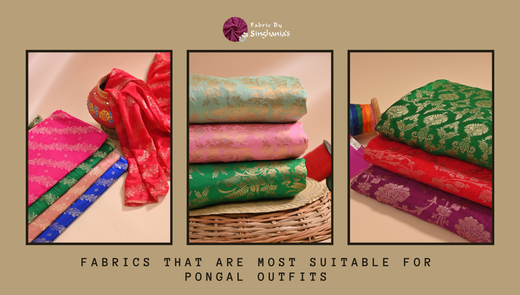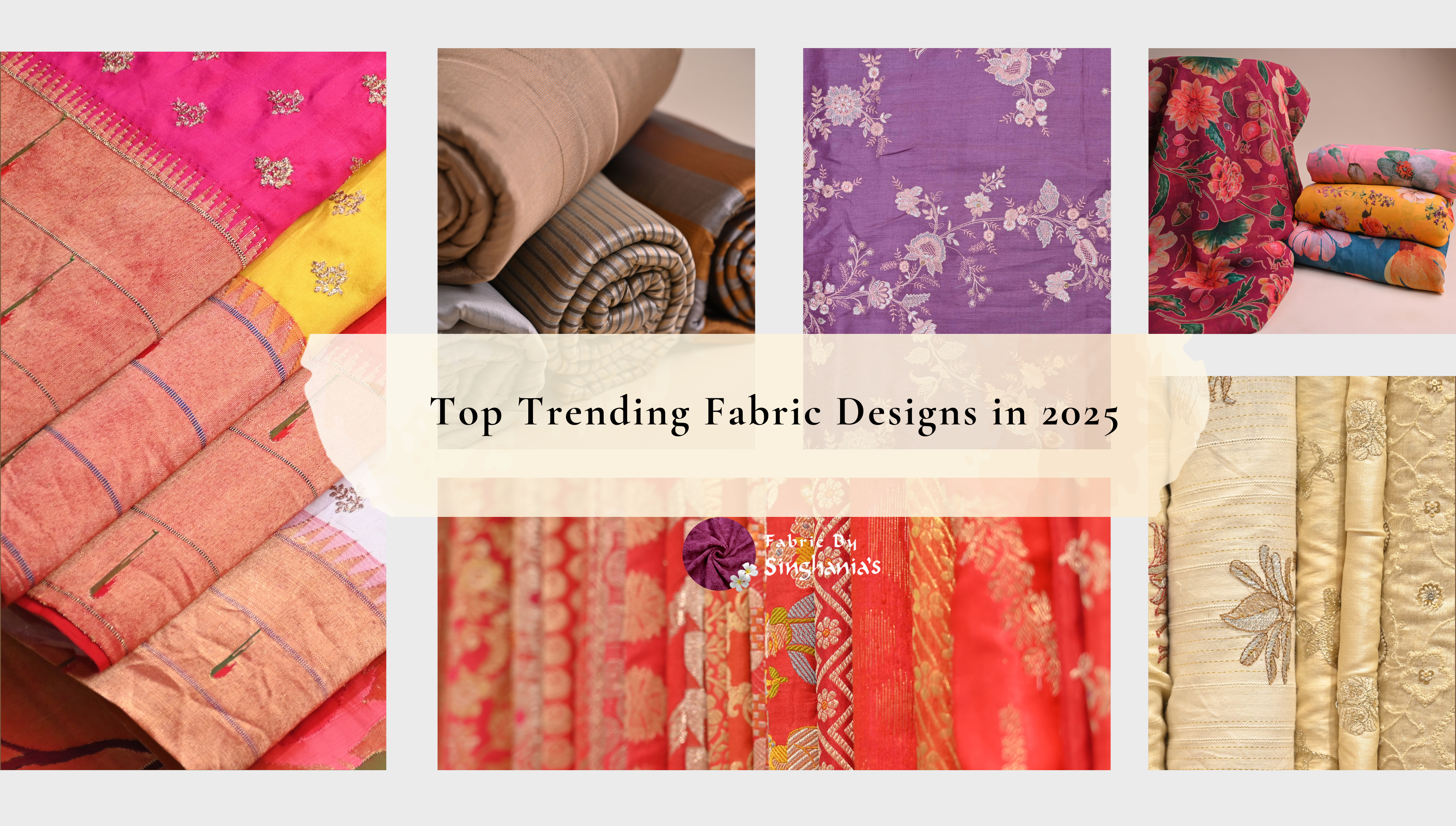
The gentle morning sun rises over the paddy fields, and the aroma of sweet pongal wafts through the air as South India prepares to celebrate one of its most cherished festivals. In Tamil tradition, Pongal represents renewal and gratitude. The four-day festival, starting with Bhogi and culminating in Kaanum Pongal, sees families donning their finest clothes as a mark of respect for the harvest season. Historically, new clothes during Pongal symbolized prosperity and the promise of a bountiful year ahead. The tradition of wearing new clothes during this festival dates back centuries, with ancient Tamil literature like Silappadikaram mentioning the importance of festive attire during harvest celebrations. Let's explore the best choices for Pongal attire in 2025.
Cotton Fabric
This natural fiber, deeply rooted in Indian textile history, offers unmatched breathability and comfort. The relationship between cotton and Indian festivals goes back thousands of years – archaeological evidence from the Indus Valley Civilization shows that cotton was being spun and woven as early as 3000 BCE.
For women, cotton sarees with traditional temple borders make a perfect choice for the morning Surya Pongal rituals. The fabric's natural moisture-wicking properties keep you comfortable as you prepare the traditional sweet pongal outdoors. Men can opt for crisp cotton veshtis or dhotis, paired with traditional angavastrams.
Did you know? The famous Madras cotton, characterized by its lightweight plaid pattern, was so popular in the 18th century that it became a major export from the Coromandel Coast to various parts of the world.
Silk Fabric

No discussion about festive wear is complete without mentioning silk – the queen of fabrics. During Pongal, particularly during temple visits and family gatherings, silk attire adds a majestic touch to the celebrations. The lustrous Kanjeevaram silk, woven in the temple town of Kanchipuram, carries forward a 400-year-old weaving tradition.
The rich zari work and intricate motifs in Kanjeevaram sarees often feature symbols of harvest and prosperity – peacocks, temple spires, and floral patterns that tell stories of our cultural heritage. For men, silk kurtas in jewel tones paired with traditional dhotis create a sophisticated festive look.
Interesting fact: Traditional Kanjeevaram silk sarees are woven with real gold and silver zari, making them family heirlooms passed down through generations.
Linen Fabric
This sustainable fabric, known for its exceptional cooling properties, is perfect for the warm South Indian climate. Linen's natural texture adds a sophisticated casual element to traditional attire.
Women can explore linen sarees with contemporary block prints or minimal embroidery, while men can choose linen kurtas in earthy tones that reflect the agricultural essence of Pongal. The fabric's ability to become softer with each wash makes it a practical investment for your festive wardrobe.
Cultural tidbit: The use of linen in India gained popularity during the British colonial period, but it has now been beautifully integrated into Indian fashion, often combined with traditional weaving techniques.
Georgette and Chiffon Fabric

These lightweight fabrics, when adorned with traditional South Indian embroidery or block prints, create a perfect fusion of classic and contemporary styles.
Georgette and chiffon sarees with temple borders or traditional motifs offer a graceful silhouette for special Pongal gatherings. These fabric's flowing nature makes it particularly suitable for dance performances during cultural events.
Did you know? Georgette was named after the early 20th-century French dressmaker Georgette de la Plante, but Indian craftsmen have mastered the art of incorporating traditional designs into this modern fabric.
Cotton-Silk Blend Fabric
This hybrid fabric offers the breathability of cotton with the sheen of silk, making it ideal for day-long Pongal celebrations. The type of fabric is particularly popular for its versatility – it works beautifully for both traditional and contemporary silhouettes.
Women can choose cotton-silk sarees with traditional kolam patterns or modern geometric designs, while men can opt for cotton-silk kurtas that combine comfort with elegance. Particularly suitable for the various activities during Pongal, from morning prayers to evening gatherings.
Historical note: The art of blending different fibers has been practiced in India for centuries, with ancient texts mentioning mixed-fiber fabrics used in royal courts.
Festive Fabrics with Embroidery and Prints

Traditional embroidery techniques like pullikaat (temple design), recalling the architectural splendor of South Indian temples, add cultural significance to festive wear.
Modern interpretations include block-printed motifs of sugarcane and sun symbols – elements closely associated with Pongal celebrations. The combination of traditional craftsmanship with contemporary design sensibilities creates unique pieces that honor our heritage while embracing modern aesthetics.
Craft insight: Many traditional embroidery patterns used during Pongal have specific meanings – the mayilkan (peacock eye) pattern symbolizes prosperity, while the karma kolam represents the cycle of life.
Final Words

Pongal is not just about rituals and food; it’s about celebrating heritage, joy, and unity. Choosing the right fabric for your Pongal outfit is crucial for both comfort and style to ensure that your chosen fabric allows you to celebrate with ease and grace.
Shop for a wide range of high-quality fabrics, from traditional silks to contemporary blends, at Fabric by Singhania's. Our collection offers something for everyone, ensuring you find the perfect fabric for your Pongal celebration.



